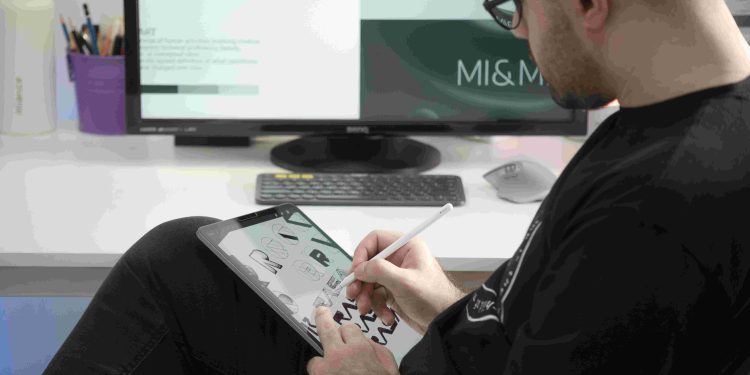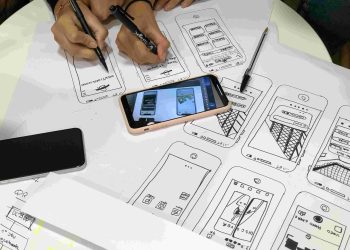Effective Design Critique Strategies

Design Critique: More Than Feedback
What if I told you that most design critiques fail not because of poor design work but due to ineffective feedback mechanisms? In many organizations, critique is viewed as synonymous with criticism—a process often riddled with egos, miscommunication, and a lack of actionable insights. Such dynamics don’t just kill creativity; they stymie growth. But when done right, a critique can serve as the most powerful catalyst for innovation—a crucible where ideas are refined into brilliance.
Years ago, I remember presenting a web interface design to a senior product leader. Their feedback was sharp and incisive: “This looks pretty, but does it solve the user’s actual problem?” That moment shifted my perspective from focusing on aesthetic beauty to anchoring my designs deeply in user needs and business objectives. Years later, its resonance shapes how I approach and facilitate design critiques.
The Fault Lines of Traditional Critique
The term
critique
often conjures images of seasoned experts dismantling creative work in front of intimidated designers, a ritual passed down through generations of design leadership. But here’s the truth—critique, in many cases, has become performative. It operates as validation of expertise rather than an honest attempt to improve.
Even in team-driven settings, unconscious biases, groupthink, or excessive focus on trivialities derail meaningful dialogue. Within fast-paced industries, these failings can intensify, leaving flawed designs to go live, costing firms not just profits but credibility among users.
Building a New Foundation: Psychology Meets Design
To reform critique, we need to reimagine its roots. Enter psychology. Cognitive biases such as confirmation bias and anchoring play disproportionately significant roles during feedback sessions. The human brain naturally skews toward reinforcing its preconceived notions. Critique, therefore, isn’t just a technical skill; it’s an emotional exercise that requires self-regulation and empathy.
Consider a technique borrowed from clinical psychology:
nonviolent communication
. When applied, the feedback provider moves away from declarative judgments (“This layout is confusing”) toward inquiries that spark collaborative problem-solving (“How does this layout help guide users?”). By transforming judgment into curiosity, teams can transform tense critique sessions into constructive dialogues.
The Artful Critique: A Four-Part Framework
If critique is an art, its medium is structure. Designers and leaders can adopt a four-part framework to deliver critiques that inspire meaningful change:
-
State Intentions:
Begin every critique by explicitly stating its goal: Is the focus on usability, aesthetics, or alignment with business objectives? Clarity sharpens focus. -
Ask Questions Before Assertions:
Ask probing, open-ended questions like “What problem does this interaction solve?” rather than making prescriptive demands. -
Frame with Evidence:
Ground feedback in data, research, and user insight to minimize subjectivity and align on a shared understanding. -
Close with Collaboration:
Collaboratively brainstorm actionable next steps to avoid leaving feedback abstract or unresolved.
This structured approach ensures critique sessions remain productive, inclusive, and actionable.
Building for Tomorrow: The Future of Design Critique
In the age of AI-aided design, critique is evolving. Tools like Figma’s prototyping features or research data visualization software allow teams to simulate and test ideas rapidly. Soon, machine learning algorithms may complement critiques by identifying usability bottlenecks or offering alternative approaches in real-time.
Yet the human factor will always remain irreplaceable. AI tools can suggest solutions, but strategy and emotional intelligence—a designer’s ability to understand team dynamics, empathize with users, and articulate a broader vision—will define the future of meaningful critique. Training in these skills will occupy a central role in upskilling design teams.
Mindset Over Methodology
Effective critique doesn’t reside in frameworks or tools but in cultivating the right mindset. It’s about reframing critique as collaboration rather than competition, as shared growth rather than solitary validation. A critical spirit, tempered with humility and compassion, serves as the cornerstone of every meaningful critique session.
Ask yourself: Are you challenging ideas to refine them, or are you unconsciously defending the status quo? The latter marks stagnation; the former fuels transformation.










